Dear Sir,
In the May issue of WWII History, the article “Low Level Run at Ploesti” by Sam McGowan contained many errors.
Let me give you a short review of my experience in the low-level Ploesti raid. First, I flew then-Colonel Jake Smart, who was the mastermind behind the low-level plan to bomb Ploesti. The complete story is in my book, Burning Hitler’s Black Gold. On July 15, 1943, he appeared at my plane called The Sandman and asked if he could fly the mission with me. This turned out to be his first combat mission in a B-24 and in the Middle East area. Smart was not on the mission.
The plane I was flying is the same one that appears in the famous photo showing a B-24D model leaving a huge cloud of black oil smoke and just missing three smoke stacks. The picture on page 69 is not printed correctly. When I came out of the smoke, the three smoke stacks were on my right. The reason this photo is printed in reverse is the camera taking the picture was photographing a mirror, thus the image is reversed.
Sam also mentions that Colonel John R. Kane allowed his formation to fall behind the lead group; in other words, he did not use as much power as did the leader. Our planes were well maintained, but due to the severe sanding conditions on the desert, maintenance was more difficult. Sam states that this is the reason for the separation of the two sections. This is not true. Each man was an experienced leader with many combat missions, but they were enemies in a way. One man felt slower and less engine power would mean longer life on the engine, while the other man used more power so the aircraft would fly on what we called the step, much like a boat will respond better on its step. It had nothing to do with the maintenance of the planes per Sam’s statement.
Sam states that en route when the clouds over the mountains became a problem, Kane selected to perform a weather penetration maneuver. Well, I flew in Colonel Kane’s group in the third element led by Colonel D. Hahn. We made no such maneuver. Seems these statements are directly out of a book that was published Cal Stewart, but the writers of these stories must have an axe to grind with Kane.
Sam says that the maneuver noted above “allowed the German listening posts to more effectively pinpoint the location of the formation.” This is totally untrue. We never climbed to more than 9,000 feet to clear the mountains and we flew through the clouds in formation!
Sam says that General Ent and Colonel Compton mistook another town for the IP, but in an interview for my book, General Compton says he made the decision and then told General Ent they had made a mistake. This one error in navigation created a horrible mess for the 98th Bomb Group. Sam never did explain the severe loss of men and planes. Also, he states that the 376 BG or lead group made it over their target, but this is completely false!
Compton’s actual route is shown in detail in my book. He flew almost to Bucharest before making a turn north toward Ploesti, but he DID NOT ENCOUNTER the heavy ground fire, and as proof of this, the losses to the 376 BG were but 10.7 percent whereas those planes that flew into the refineries had as much as 42.5 percent loss, such as the 98th Bomb Group. Where the Compton group flew was around the city of Ploesti and it DID NOT GO OVER THE ASSIGNED TARGET.
Many of the statements Sam McGowan made were never true and some were from generals and others who had mixed feelings for Colonel Killer Kane. Kane was outspoken and sometimes difficult to control, so some military higher-ups have made statements regarding this mission that weren’t true. Even the Official Report from the Air Force published in later 1943 does not handle the wrong turn events as they actually happened and what the result was to the other groups.
Major Robert. W. Sternfels
Laguna Beach, California
I appreciate Major Sternfels’ letter very much. I haven’t read his book—it wasn’t in print at the time I wrote the article and I wasn’t aware of it until now.
Cal Stewart’s information is based on interviews with other Ploesti vets and with information that came from Brig. Gen. Ted Timberlake, who was heavily involved in the planning and who made an attempt to find out what went wrong the night after the mission. Timberlake did blame Kane for screwing up the mission, no doubt about it. Why he did it is not the real issue, but the fact is that Kane split the formation by allowing his group to fall behind. I thought I made it clear in the article that I didn’t buy the assertion that Kane fell behind because his airplanes weren’t as well maintained as the Eighth Air Force Liberators. Sternfels’ explanation makes more sense, but it doesn’t explain why Kane violated mission integrity.
I thought I also made it clear that the only 376th crews to actually bomb the target were those in the element led by Major Appold. What Compton did with his bombs wasn’t mentioned.
Sternfels claims that the 98th didn’t go over 9,000 feet while crossing the Dinaric Alps. Well, since that particular mountain range rises to more than 8,200 feet, that doesn’t seem too bright to me as a 21,000-hour pilot and military aircrew member. In fact, other pilots who were flying with the 98th have stated that they went well above 10,000 feet. Stewart quotes John O’Grady from the 93rd, who was flying with a 98th crew, as stating that they went above 10,000 feet. John O’Grady was a regular on the B-24 Internet Email group for a number of years. He also said that they initiated “a penetration maneuver.” Sternfels acknowledges that Kane led the formation through the clouds on instruments.
I think Major Sternfels is making a big deal over small details. No, Compton did not “encounter” the heavy ground fire BECAUSE HE TURNED AWAY FROM IT in an attempt to find a hole in the German defenses. The use of the words “General Ent and Colonel Compton” is an acknowledgment that their airplane was the command ship. Ent, who was commander of Ninth Air Force and the mission commander, was in the airplane although he apparently wasn’t occupying a pilot’s seat.
I think it is important to place some context on the interviews different authors have had with Ploesti veterans as well as the present-day memories of the men such as Sternfels who were there. Dugan and Stewart wrote their book in the late 1950s and early 1960s, at which time the Ploesti veterans were still young men in their thirties and forties and the memories were fresh in their minds. Now these same men—the ones who are still alive—are experiencing the effects of aging. Furthermore, at the time of the Dugan and Stewart book, few of the Ploesti veterans had discussed the events of August 1, 1943. Since that time they have been involved in reunions and constant discussions, all of which have influenced what they remember as opposed to what actually happened.
I personally think that the “wrong turn” is greatly overemphasized. Yes, it caused the mission plan to go out the window, but the real point of the Ploesti low-level mission is that the refineries were attacked and a tremendous amount of damage was done to them. The men who flew the mission have the right to be very proud of having been on it. Whether or not the formation had turned at the right place would have made little difference as to what happened, except that more bombs might have been placed on the target.
The “three navigators” account came from Ted Timberlake, through Cal Stewart. Timberlake told Stewart before he died that the night after the mission he sent his staff navigator with a bottle of liquor to talk to the primary navigators who returned from the mission. That is where he learned that Compton had planned for three crews to lead the formation during different phases. The term “lead navigator” or “lead crew” can mean different things. There is no doubt that Compton was the mission leader and that he was to lead the formation over the target, but that doesn’t mean he was to be in front all the way. Using different leads during different phases of a mission makes sense.
I was concerned about how I had written the account regarding Kane’s weather penetration. There is no doubt that he went through the weather while Compton weaved his way between the clouds. A large formation doesn’t just go into the clouds without following some kind of procedure, and the weather penetration maneuver in use at that time was a 360-degree turn with elements peeling off as they came around. That is how Stewart reported it in his history of the 93rd BG—I don’t know where he got that information. He has never said whether he was in Libya for the mission or not. I don’t know if Major Sternfels is aware of it or not, but Cal Stewart was an original member of the 93rd Bomb Group who went overseas as a radio operator, then was commissioned.
In summary, what actually happened on the way to Ploesti is as clear as Mississippi mud and it is likely to remain that way forever. What I want my readers to understand is that it was a truly heroic and important mission and even though it didn’t go off as planned (few ever do), it was and always will be one of the most dramatic events of World War II.
Sincerely,
Sam McGowan
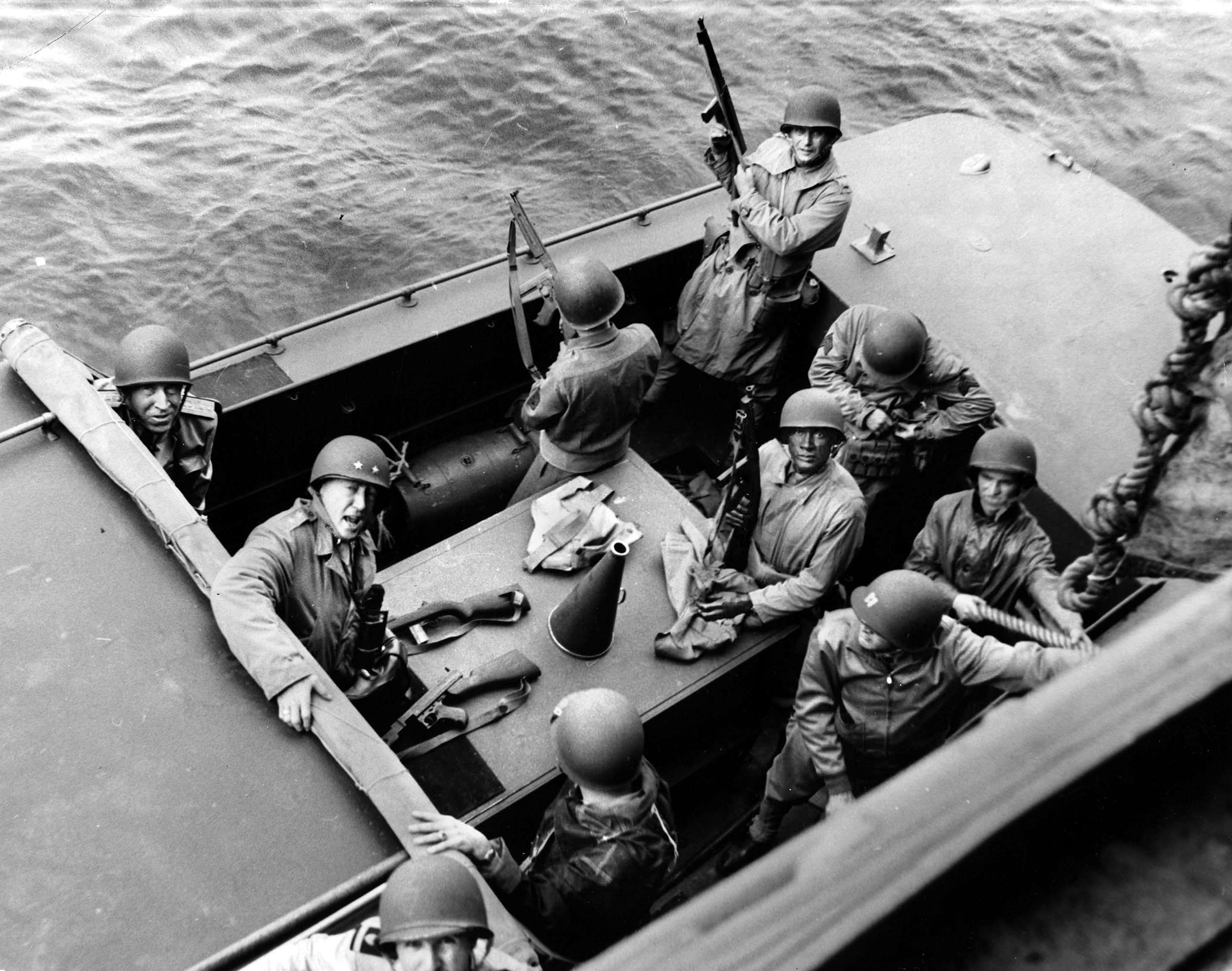
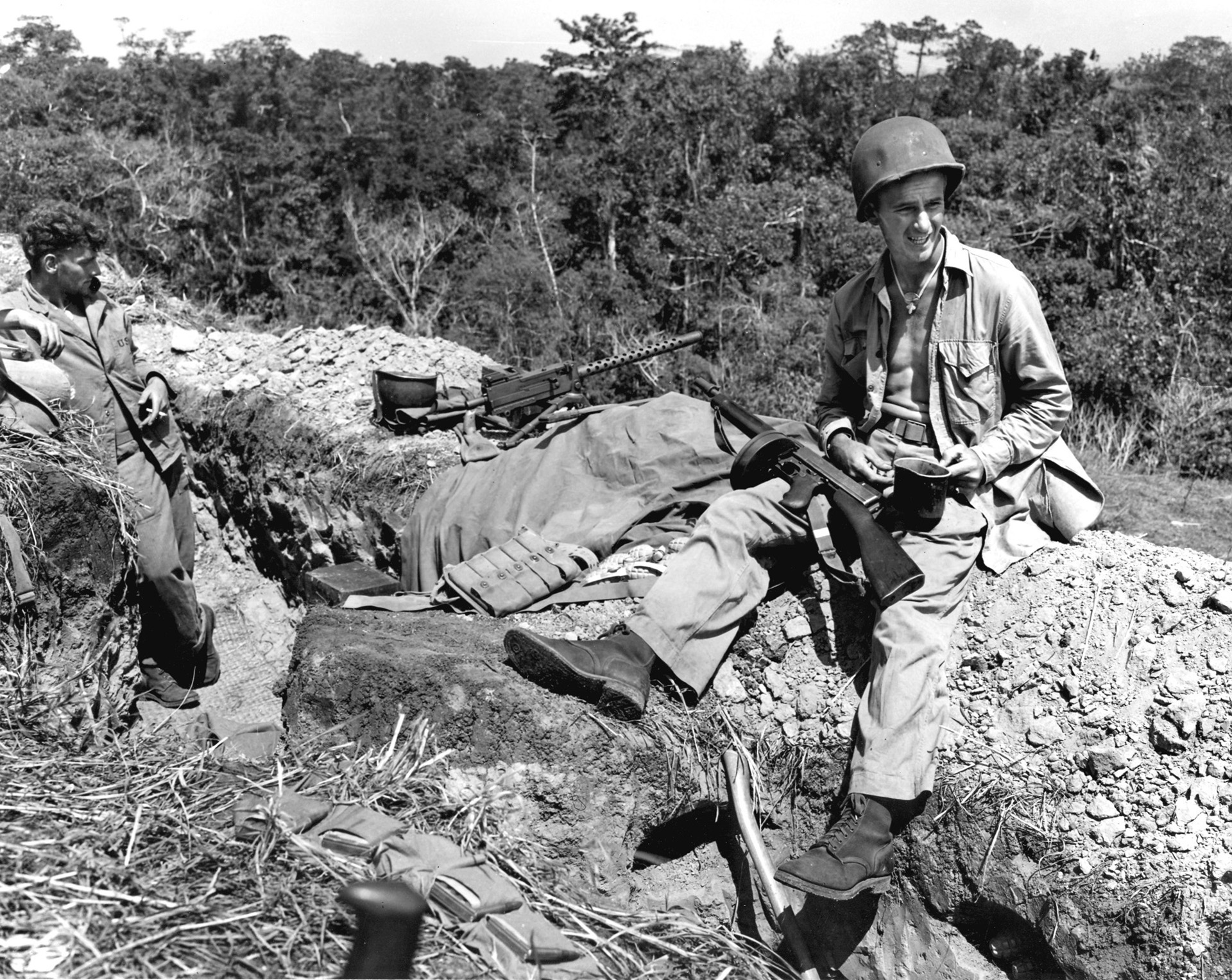
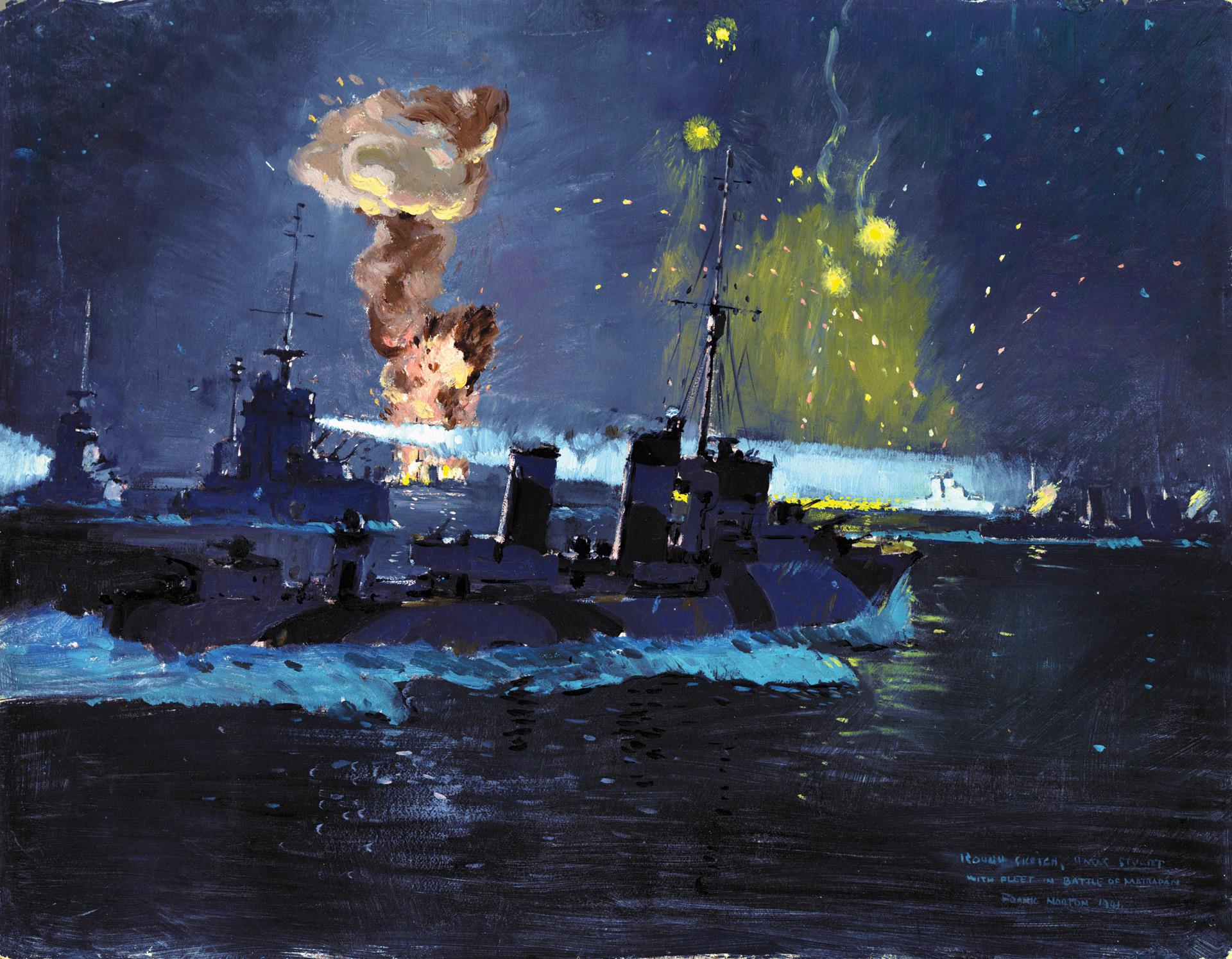
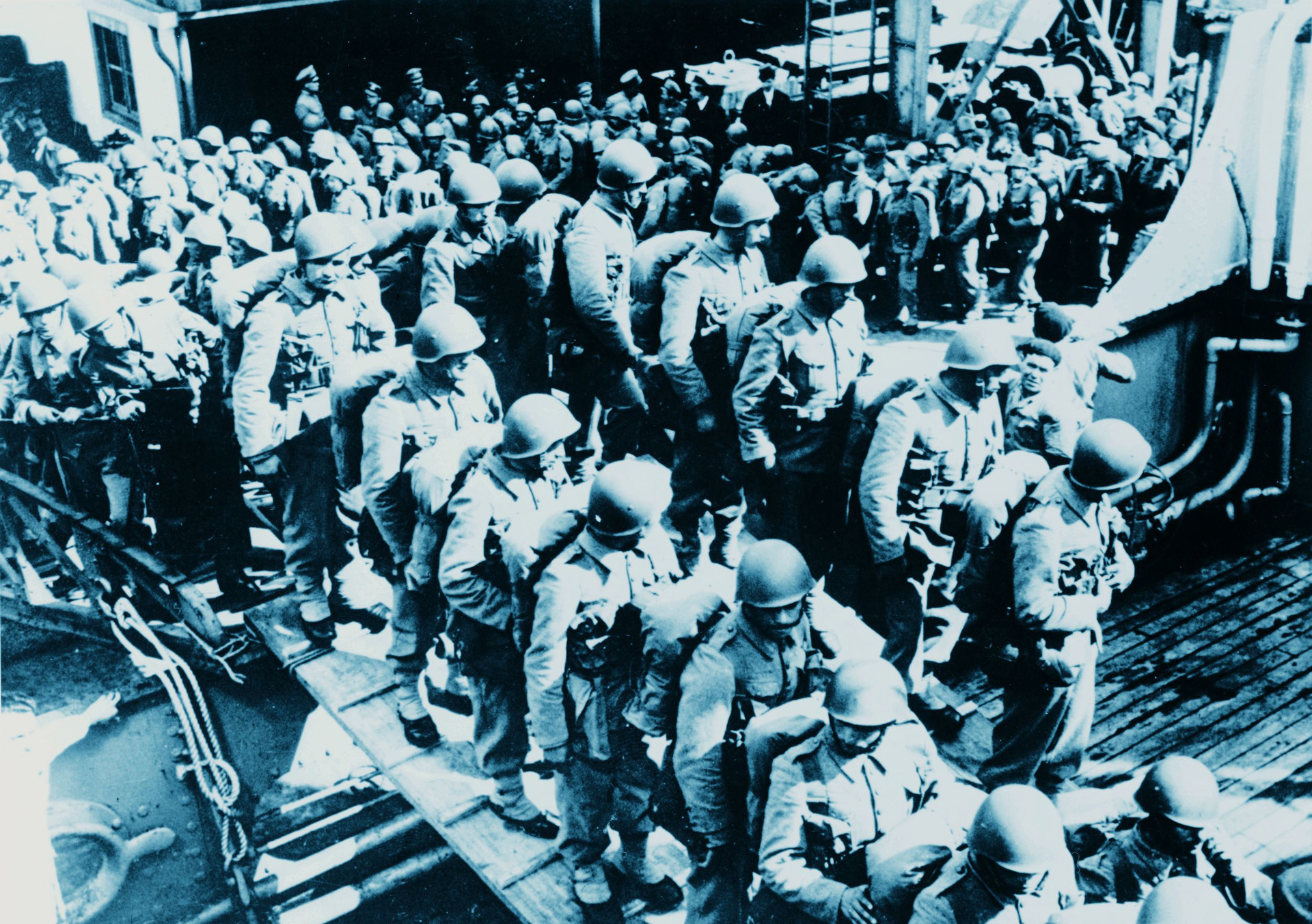
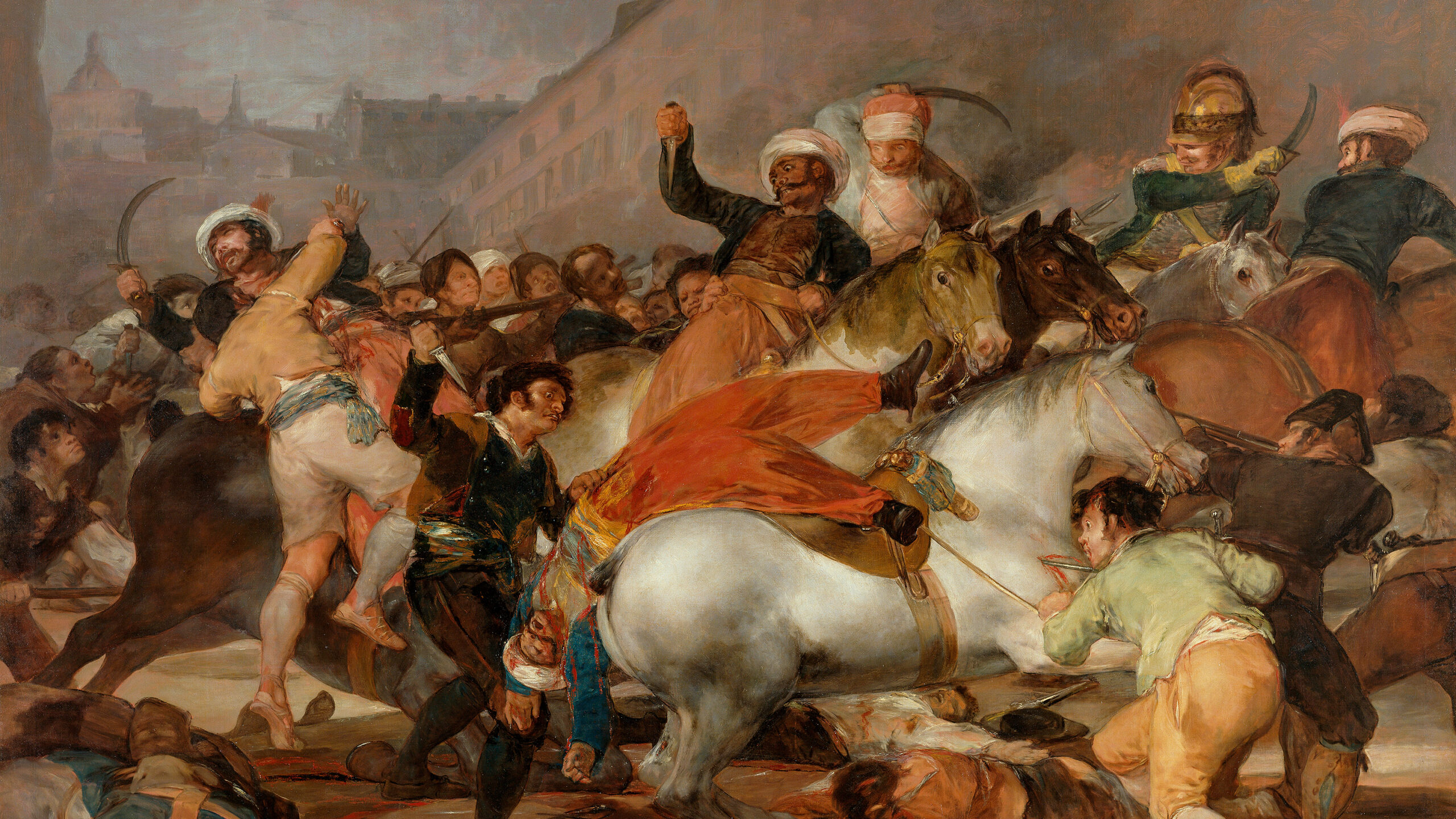
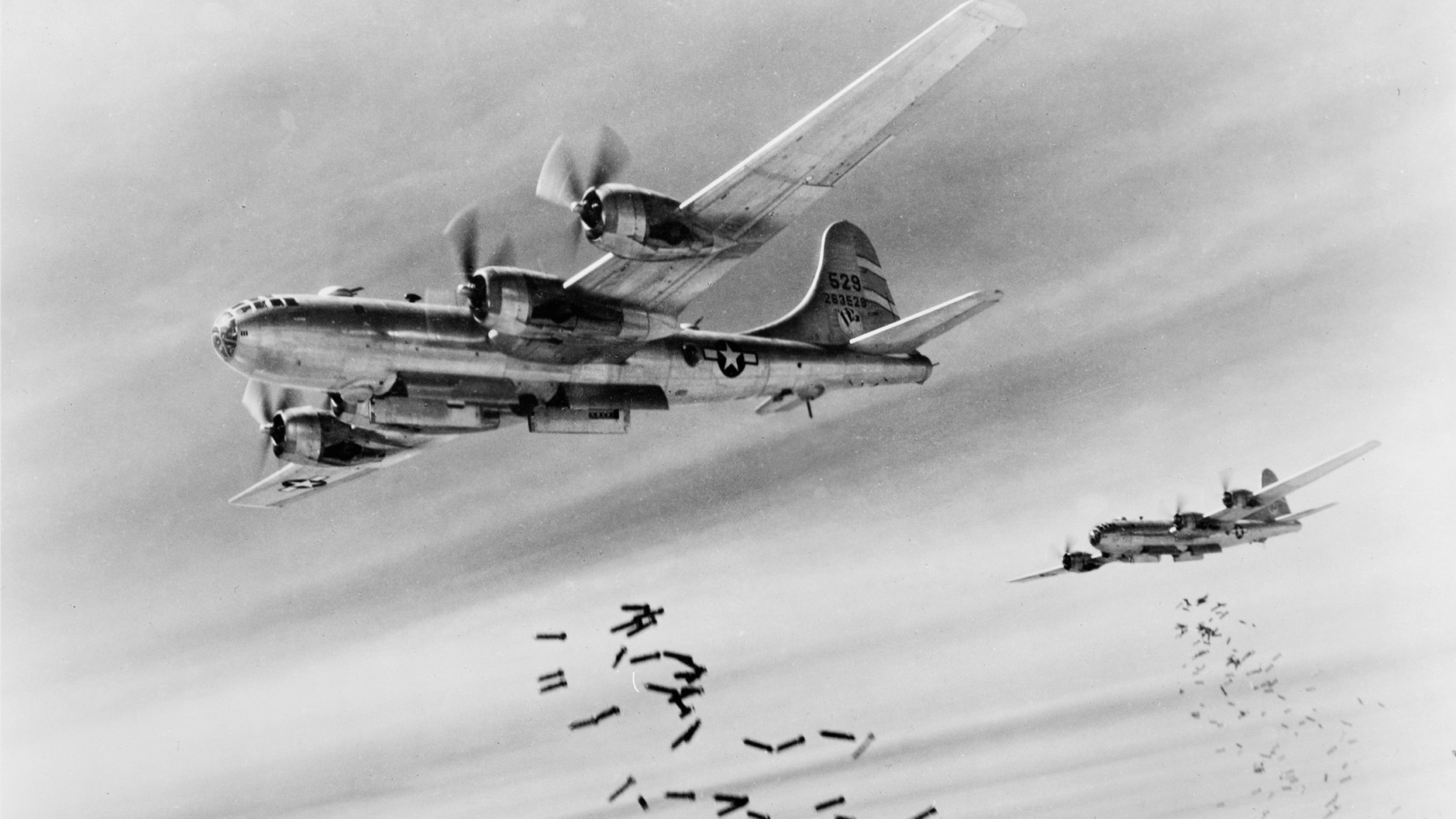
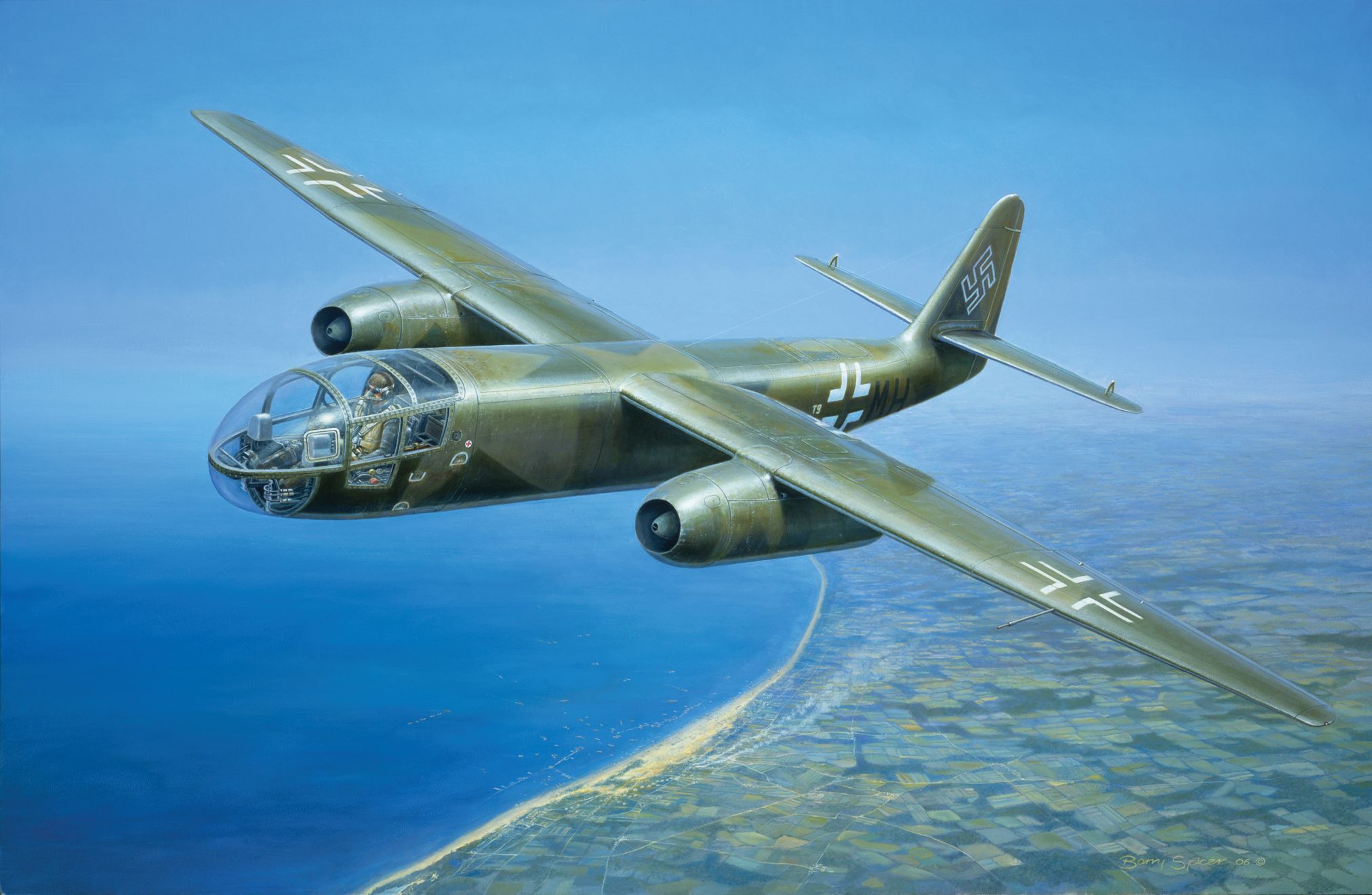
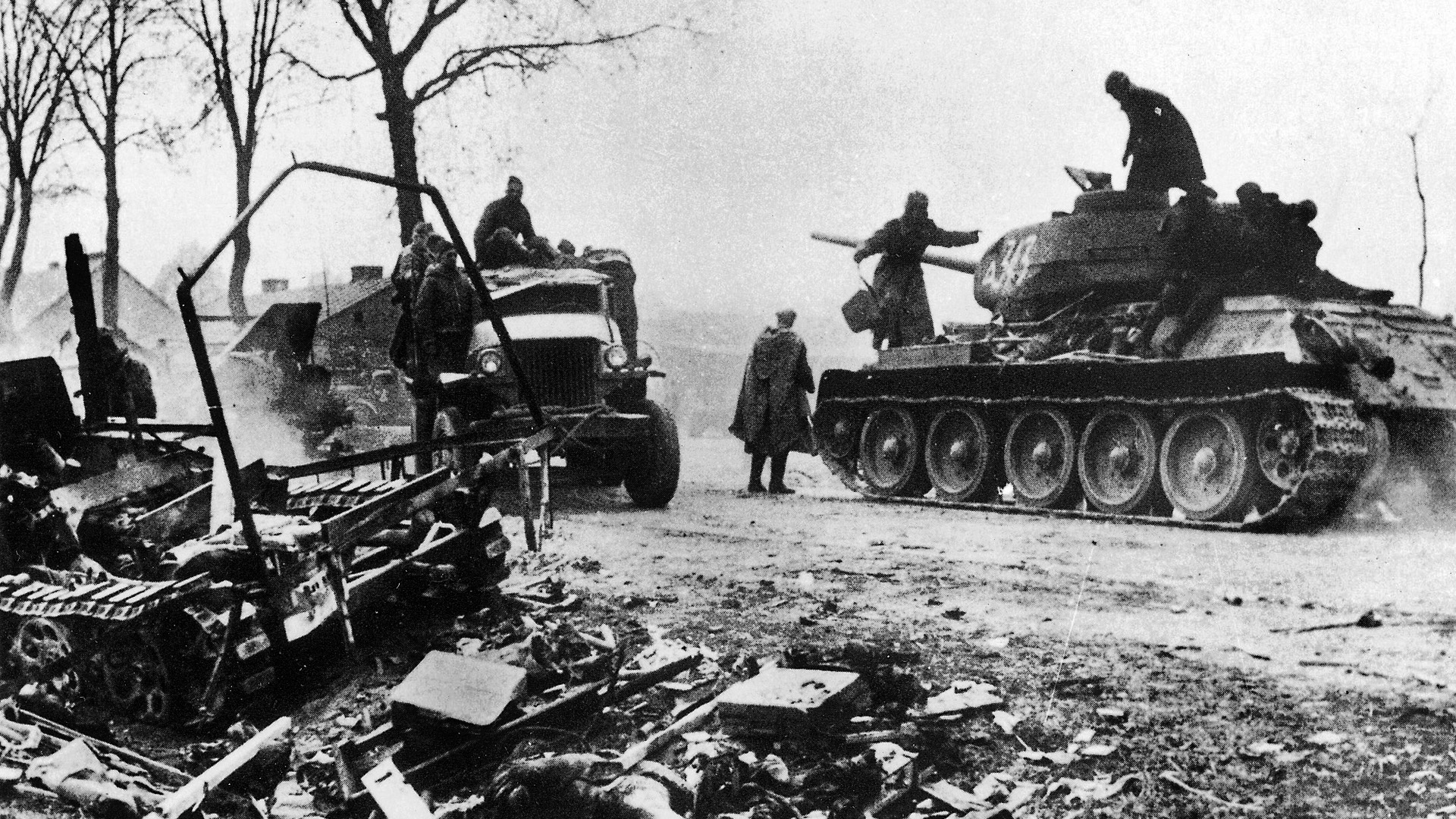
Join The Conversation
Comments
View All Comments